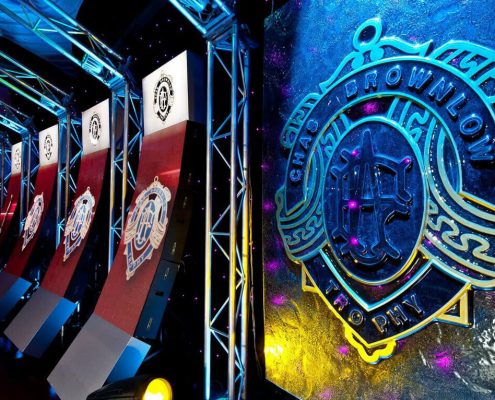
The VuePix E Series Screens were used as a centre piece of The Voice final TV set in South Africa.
When the television audience heard that The Voice would come to South Africa, there was a huge response and expectation. For Chris De Lancey from Multi-Media who was awarded the technical supply for The Voice Angola by production Co AMPN, South Africa and Nigeria, it has been a tremendous relief to see the show raise the bar for local televised shows and to meet international standards. The show was recorded at Sasani Studios, Johannesburg.
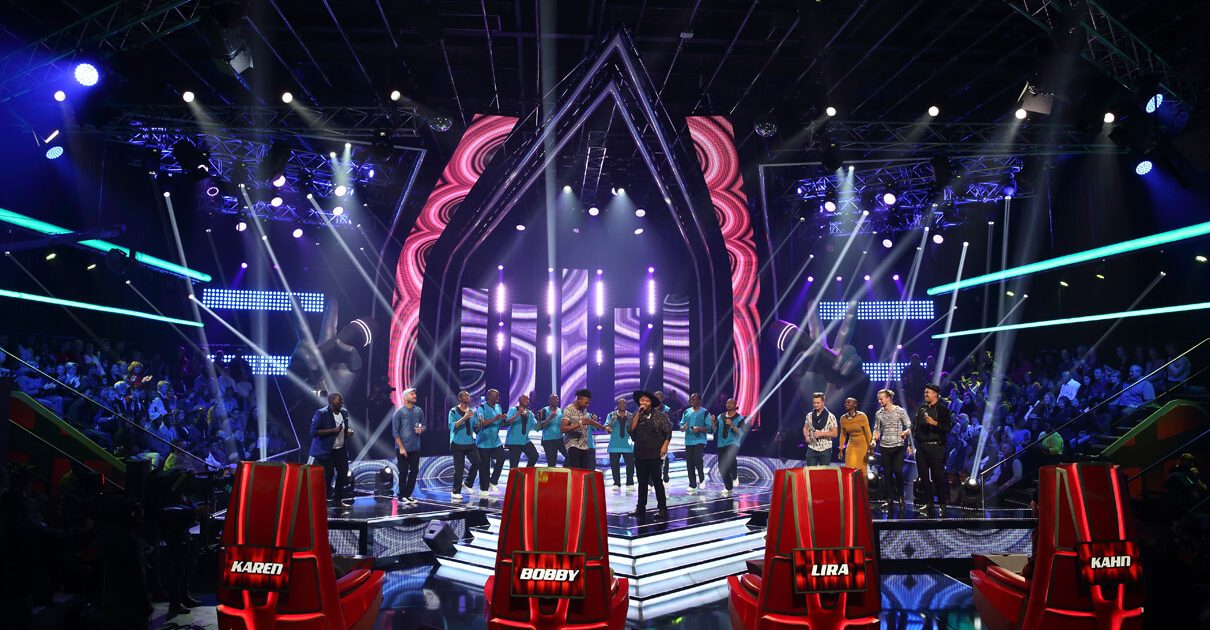
“First tentative discussions around The Voice began late in 2013, and December of that year, draft 1 budgets were being produced. Two years later it was on us,” said Chris. “When I eventually got sign off I was both elated and terrified at the same time,” Chris shares. “I don’t think I slept for four days before I could speak to anyone and say, right, lets start talking and dealing with this.”

Realising the scale of the task at hand, and that lighting was such a key component of a show this nature, putting together a like minded team of people together to do the show justice was paramount. Joshua Cutts was appointed lighting designer, and after a pitch process, Dewet Meyer of JDM Unlimited was appointed set designer. Multi-Media’s Auriot Booyes was appointed head of audio, which was obviously an integral part of the show. He also backed up as assistant project manager to Chris.
With the backing of the rest of the team from Multi-Media, the planning process began in earnest.
“It was an enormous relief when Josh said he was available to do this thing. I knew obviously that we would be getting one of the best lighting guys in the country but I also knew it would be taking a lot of pressure off me – despite the fact that working with one of the countries tops lighting designers for the first time was quite daunting. It proved to be a very symbiotic relationship,” he said.
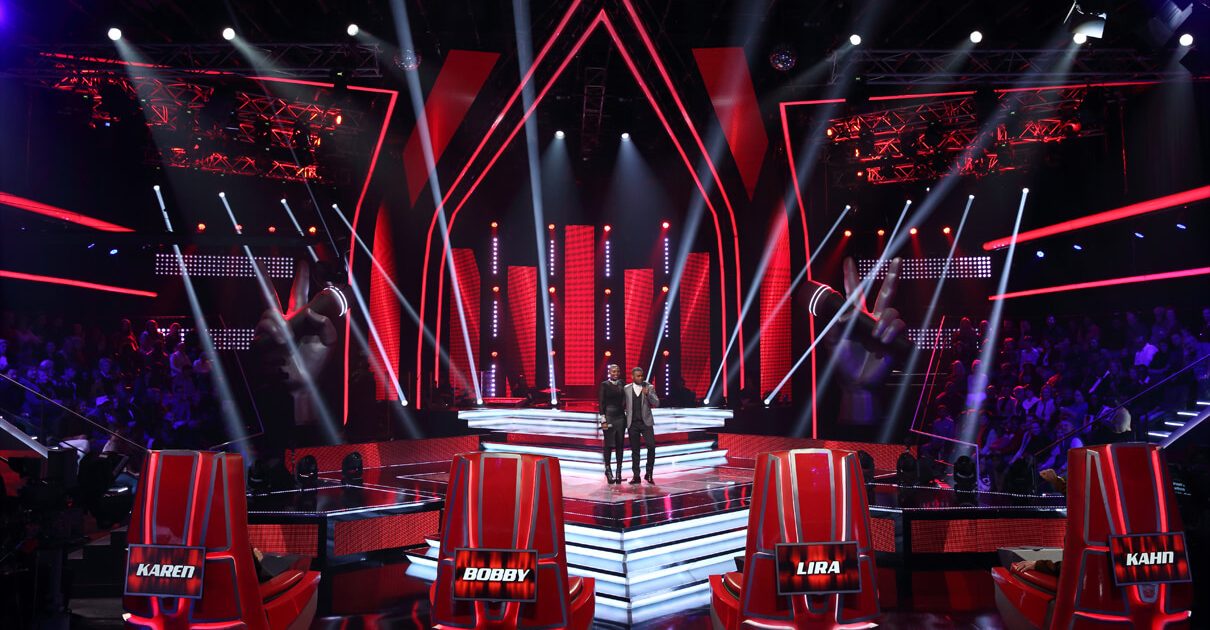
Both Josh and Chris wanted to go in with a bang. “We had to make ourselves proud, we had to make the production proud, we had to make South Africa proud in terms of what we did,” said Chris. And then their greatest lesson… they had to hold back a little.
“We obviously had to put together a big lighting system,” Joshua continues. Josh also chatted to the designer from The Voice Holland. “I had some input from him, we had a few discussions about what I might be able to do to enhance the definition of the theatrics of the whole show and maybe use some of his style of lighting from Holland to South Africa if we needed to.”

“My vision was to pixel map as always. I needed big fixtures with large RGB pixel counts in them, so hence I wanted to try Robe Robin CycFX 8s for the first time as a back wall feature. I used Robin LEDBeam 100s between the pixels. As the studio is relatively small, Josh used Robin Pointes for sharp, hard beams or he would zoom out for gobo work. The workhorses, Robin LEDWash 600s, created a blanket was of colour over the space and audience. There were also LED PARS and LED battens.
Front lighting was a challenge as the set and ceiling design were not suited for followspots. Generic front washes were originally used but these fixtures did not give the dynamics to go up and down on stage. “It was generally a focussed instrument that I couldn’t move and manipulate based on each song. We weren’t getting the black levels we wanted in the room and it wasn’t creating the definition and depth we wanted. It wasn’t theatrical enough.”
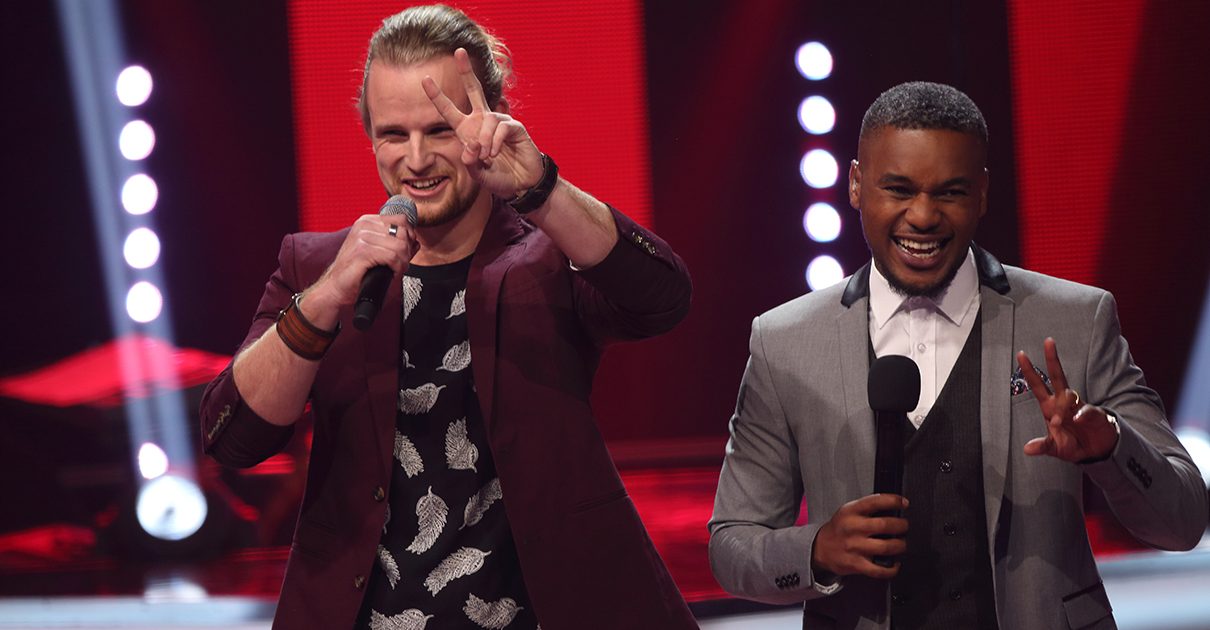
Josh opted instead for Robe BMFL Blades. “I only use four BMFL Blades from the front for about 80% of my key lights,” he explains. “What’s interesting is I tried to use them as programmable followspots so I continually move them around the stage within cues of the song to almost follow the performer from one side of the stage to the other. Two BMFLs are used to wash the entire stage. Then I cut them down to where the performer is. I cut the stage out, and when the performers move, all I do is open the blades. If they go left, I’ll open the left blade, if they move to the right, I’ll open the right blade. That way I’m not changing the intensity of lighting. They are going at 100% and it’s working.”
Josh only uses MDG Atmospheric Hazer for shows. “The trick with a good hazer is to not realize there’s haze in the room until you switch a beam of light on. The room feels dark and black but then suddenly a beam comes on and it’s visually there.”
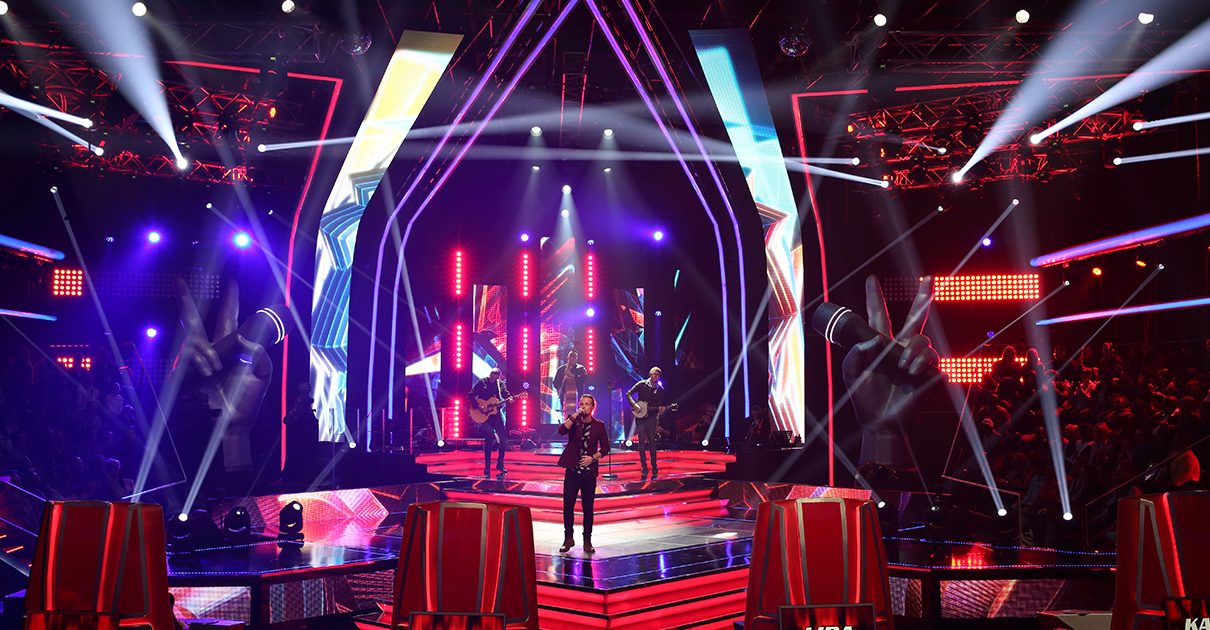
Vuepix E Series panels were used for the screen. “We started off on the Blinds with 50 panels,” explained Chris. “In the Battles the floor stuff stays and we add side screen to about 100 panels which are mainly used for the team names. For the Live show we go up to 200 panels.”
The Voice has been a privilege for Chris and Josh to be part of. “The Voice really focuses on the talent. You can’t call them contestants, you call them talent, there are no judges – there are coaches,” Chris elaborates. “There’s a lot of work that goes on behind the scenes to find this talent. The Voice is a very specific brand. It needs to look a certain way, it needs to feel a certain way and the full production team’s attention to detail is considerable.”

“I think the thought process behind it is they’ve spent a considerable amount of time finding decent talent, and then when they get them here, they’re not just judging to see how well they can sing. They coach them quite heavily, they teach them how to sing, to use the stage, to use a mic. That’s the ethos. It’s not just a talent show with one winner. Everyone who leaves this place must feel that they’ve gained something from it. A constant thing I hear people talk about, and the one thing they really appreciate, is that the coaches are not derogatory about the performance at all. The coaches are very nurturing, it’s a very positive environment that they try and create.”
It’s a winning formula, and when you sit and think about it, Chris De Lancey and his team from Multi-Media have done a remarkable job.

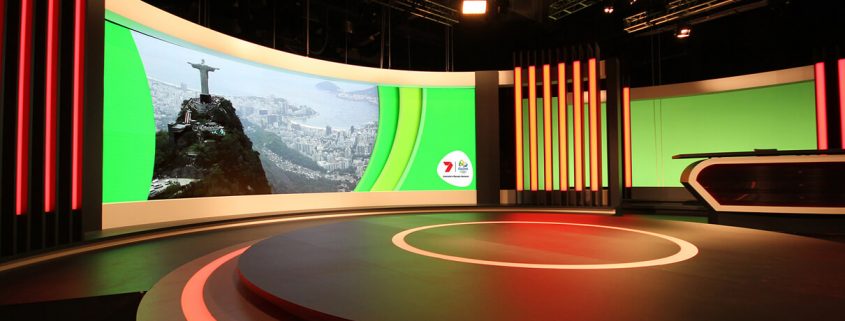









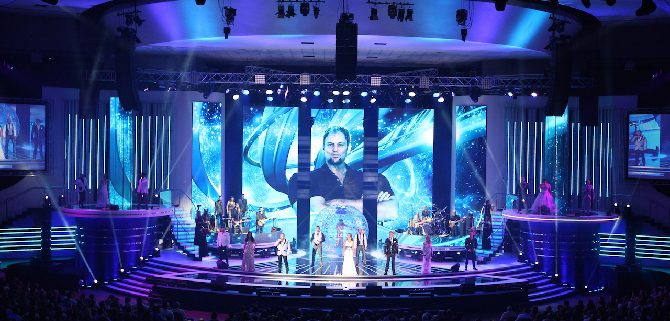
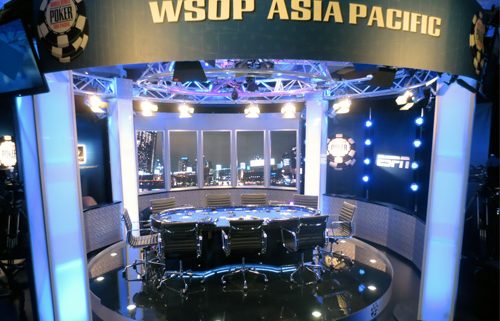
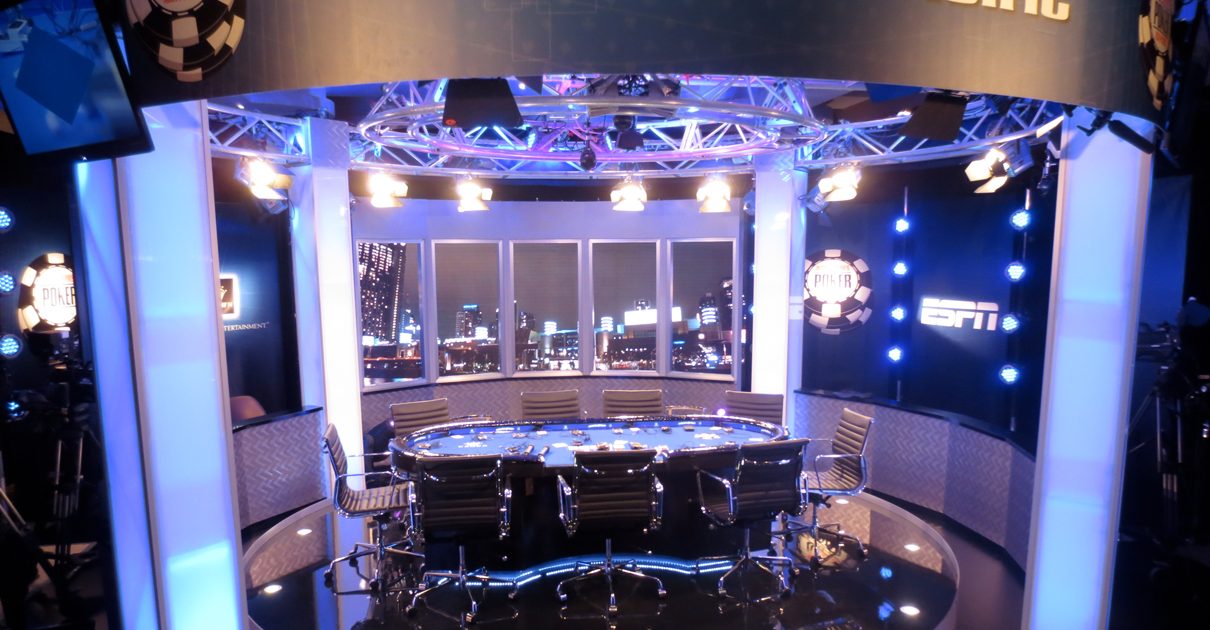
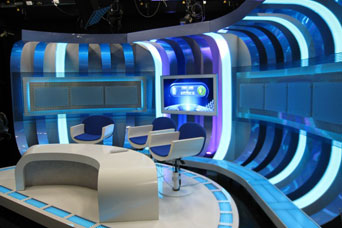
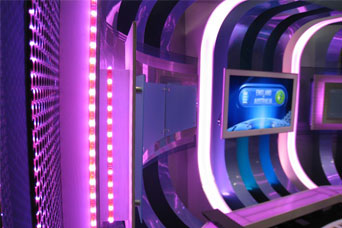
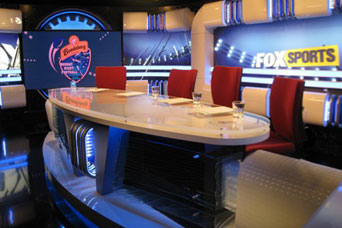

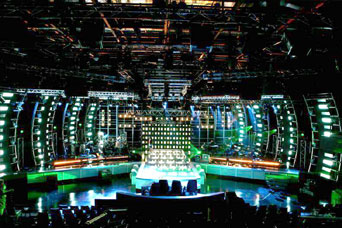
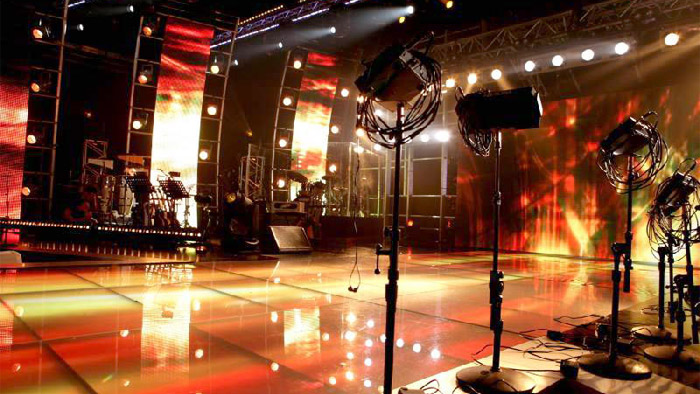


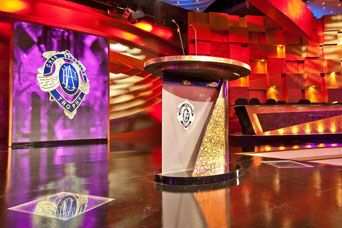
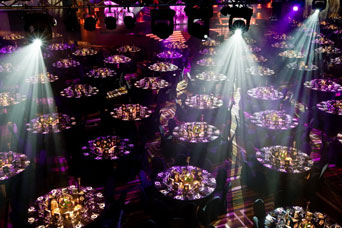
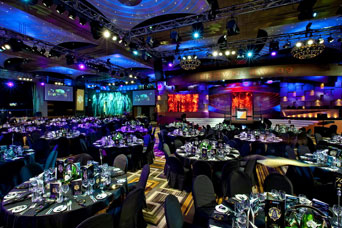

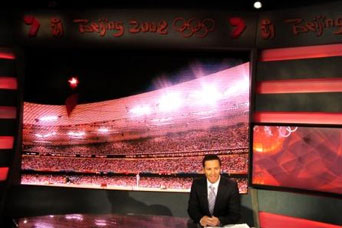
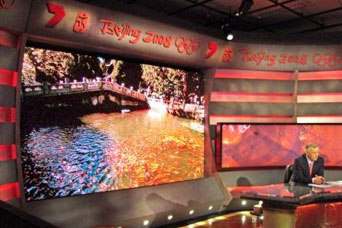 This impressive screen was VuePix’s P6 RGB SMD 3in1indoor model. The P6 is a high resolution (6 mm) display with a calibrated brightness of 1000cd/m2 and a pixel density of 10, 000 pixels/ m2 to deliver unrivaled light output, and incomparable color depth and uniformity, best suited for broadcast conditions. The content was powered by a multi-format image processor that accepted Channel 7’s HD SDI signal and digitally scaled it to 1024 x 768 (to fit the format of the screen) with ease. This signal was then sent through the VuePix’s video processor, which can accept a wide range of incoming signals: S-Video, composite, DVI and VGA. The screen was configured via the VuePix LED Studio software.
This impressive screen was VuePix’s P6 RGB SMD 3in1indoor model. The P6 is a high resolution (6 mm) display with a calibrated brightness of 1000cd/m2 and a pixel density of 10, 000 pixels/ m2 to deliver unrivaled light output, and incomparable color depth and uniformity, best suited for broadcast conditions. The content was powered by a multi-format image processor that accepted Channel 7’s HD SDI signal and digitally scaled it to 1024 x 768 (to fit the format of the screen) with ease. This signal was then sent through the VuePix’s video processor, which can accept a wide range of incoming signals: S-Video, composite, DVI and VGA. The screen was configured via the VuePix LED Studio software.